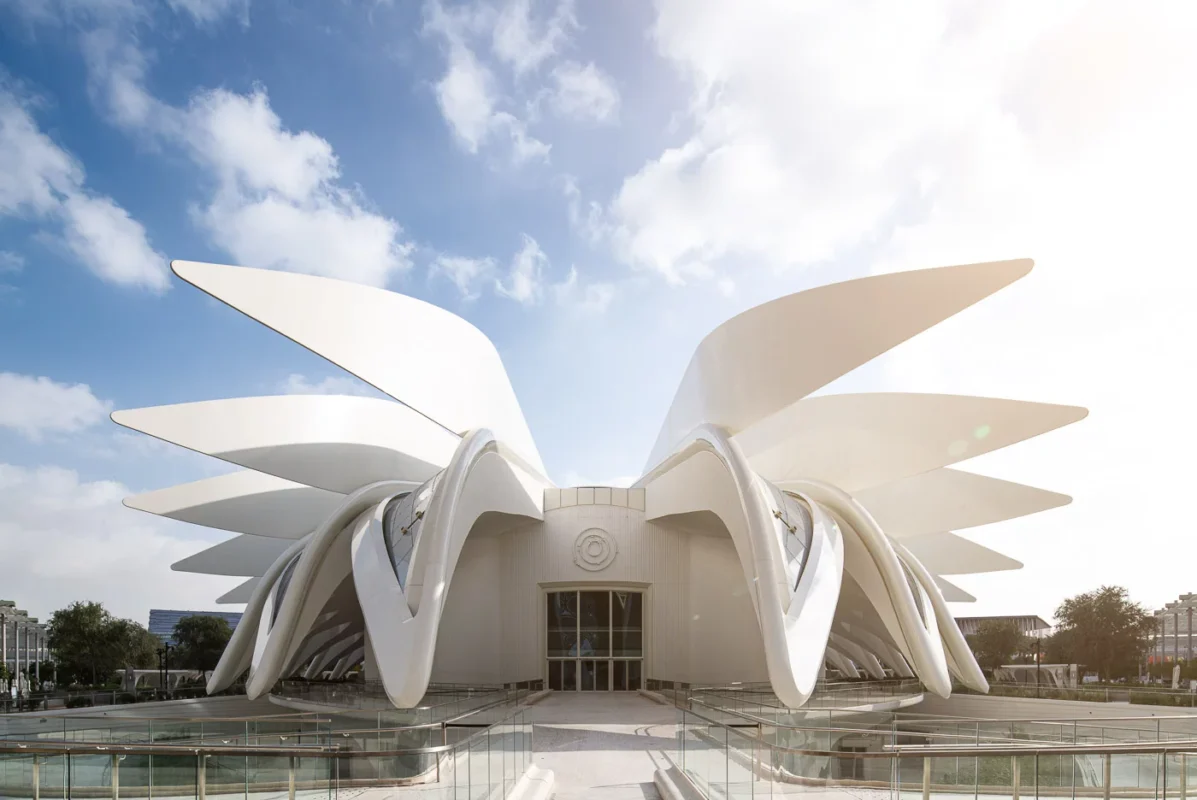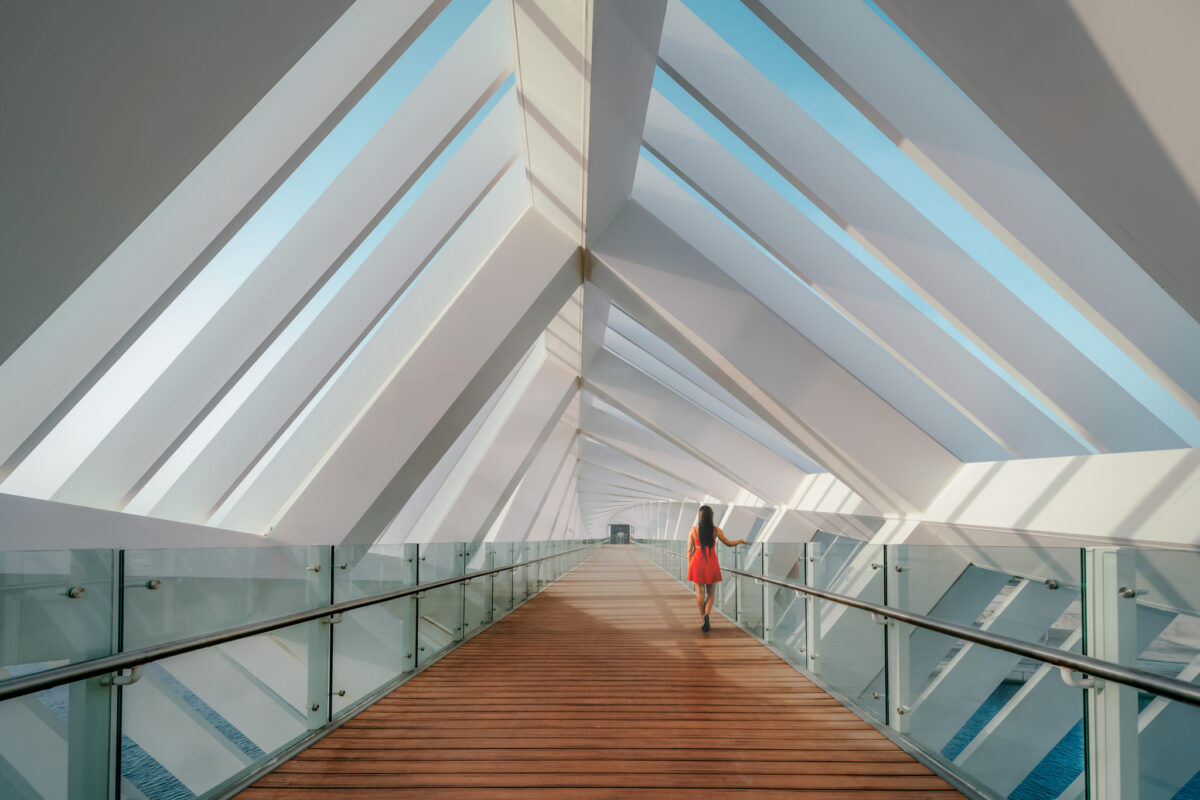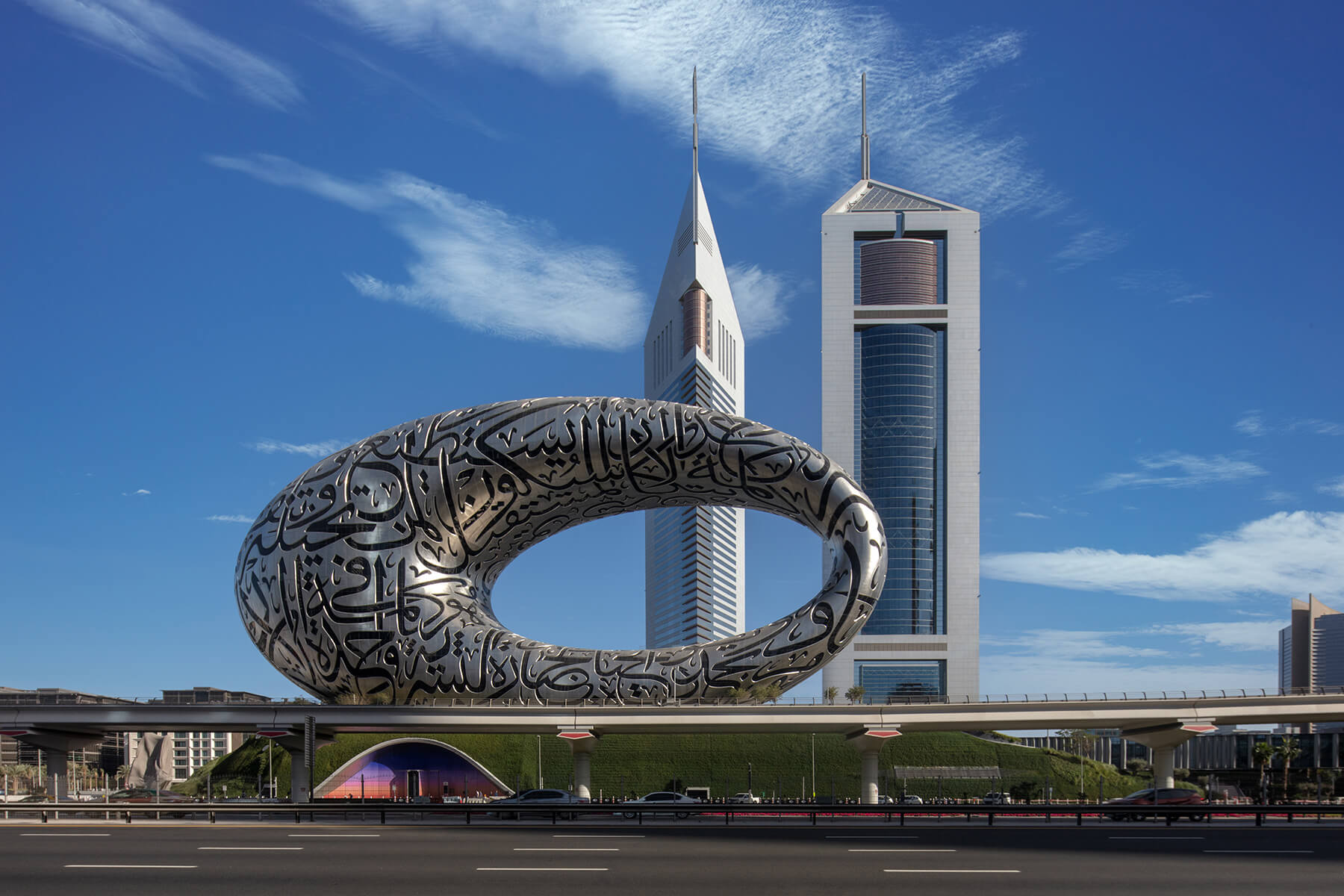In the vivid universe of photography, architecture photography is proof of human ingenuity and engineering. Architectural photography goes beyond simply documenting buildings, structures, and spaces—it is an art that combines accuracy with creative vision.
Architectural photography involves skillfully capturing the design, form, and details of buildings and structures. It transcends mere snapshots; it’s about revealing the essence of architecture through a camera’s eye. This kind of photography glorifies the marriage between art and utility, from showing the intricate details in historical landmarks to highlighting modern skyscrapers’ smooth lines.
If you are seeking timeless classics or cutting-edge designs, this guide will teach you how to master architectural photography as well as present images in their most captivating way.
What is Architecture Or Architectural Photography?
Architecture photography, or architectural photography, is all about capturing visually appealing and informative pictures of buildings, including spaces within them. The central focus of this genre is on demonstrating design, aesthetics, and functionality in different architectural works.
Unlike general photography, this one requires attention to detail, the ability to compose, and lighting in order to bring out the unique features of each structure. Architectural photography captures buildings at their best, whether they are grand historical monuments or sleek modern skyscrapers. This therefore calls for a combination of technical skills with artistic vision in order to come up with images that not only document but also celebrate the built environment.

Styles of Architecture Photography
Architecture photography has several different styles that highlight separate aspects of buildings and structures. An overview of these styles will help photographers find the most appropriate approach for their projects.
Exterior Photography
Exterior photography is all about outside views of buildings. It emphasizes overall design, location, and how the building interacts with its surroundings. Photographers apply angles, illumination, and weather conditions to emphasize some characteristics of the buildings.
Interior Photography
Interior photography looks into what happens inside various architectures. Its aim is to reveal internal spaces’ layout, design, and usefulness. Excellent interior photographs draw attention to aspects like the furniture used, textures, and lighting, resulting in a sense of space that can depict an atmosphere.
Detail Photography
This style concentrates on things like doorways, windows, and decorative ornaments. Craftsmanship and design intricacies that are often overlooked in general shots are brought forward through detail shots.
Buildings in their environment are the subject of contextual photography.
Contextual Photography
This style displays interactions between structures and the surroundings where they exist, like neighboring structures and landscapes, among others. It offers a sense of place as well as context.
Abstract photography makes use of architecture as a base for artistic expression. At times involving creative compositions, unusual angles, or close-ups with an emphasis on shapes, patterns, and textures.
Photographers who master these forms will be able to effectively capture the individuality and diversity present in architectural works, thereby producing interesting and informative images.

Accessories Required For Architecture Photography
For the architecture photographer seeking excellence, having the correct gear is indispensable in order to achieve that goal. These materials contribute to the quality of your photos and can be used to make the process of taking pictures easier.
Tripods
Tripods are necessary items for an architectural photography kit. This is necessary because it helps reduce blurred shots caused by unsteady hands. You will require a strong and adjustable tripod stand that factors in different shooting angles and heights.
Lenses
An ultra-wide-angle lens is a must-have when photographing large buildings or the interiors of structures. They permit more scenes into the photograph without distorting its perspective. On other occasions, one can use a long-focal-length lens, which helps draw attention to different parts of the building without physically moving closer.
Remote Shutter
The necessity of using a remote shutter release cannot be overstated. It maintains sharpness when long exposures are taken, removing any shake from the camera. Furthermore, you will need to level your scenes with a spirit (bull’s-eye) level, which eliminates post-processing distortions.
Polarizing Filters
With regard to taking photographs of glass houses or water features, there is always some glare or reflection that you do not want as part of your image. This has an added effect on pictures, where colors and contrast become richer while images become more lively and attractive due to reduced glare and reflections through polarizing filters. Similarly, you can employ neutral density (ND) filters in order to control exposure in very bright conditions as well as create effects with slow shutters.

Camera Bag
To keep your stuff in order and safe, use a camera bag with sections. Consider one that does well at protecting your gear from harsh weather.
Portable Lighting
Lastly, portable lighting can make a significant difference, especially for interior photography. Use diffused lights to avoid harsh shadows and effectively emphasize the main parts.
With these kits at hand, you can take on any architectural photography challenge to produce stunning images of professional quality.
Conclusion
Architecture photography is an art form that combines technical proficiency with imagination. It’s about capturing both the expansive façades and minute internal details; it’s about revealing beauty and utility through space. Learning different styles and getting appropriate accessories helps you create pictures of architecture that will tell the story.
If you want to display your architectural projects using stunning photographs, the best way forward is to engage a professional architectural photographer. Our photographers at Limima Studio will give life to your architectural dreams thanks to their expertise and possession of modern gadgets. Contact us today so as to take your architectural photography up another notch.






















